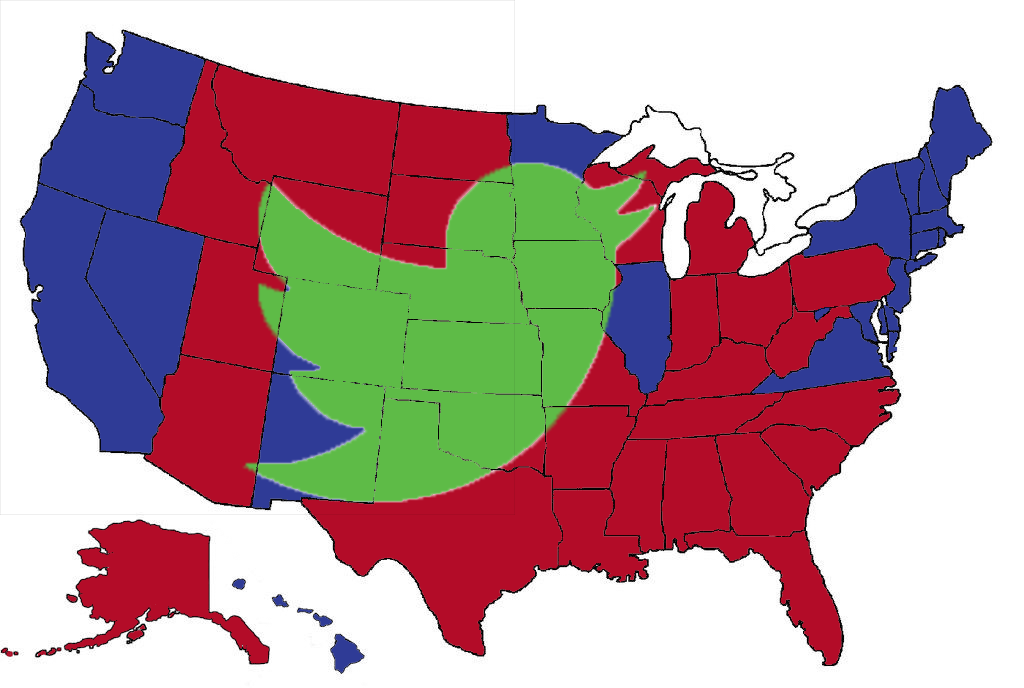In general, I don’t pay too much attention to Twitter. I’m not going to sit here and tell you that there’s something systemically wrong with the platform, just that it’s not for me.
I do wonder though about the way that the Terms of Service seem to be unequally applied. I’ll let you form your own opinions on which groups of people are more likely to be banned for saying essentially the same things as other groups. I’ll even let you decide if Twitter should be banning people at all. It’s either a freedom of speech issue or a reasonable exercise of corporate power. Ironically, those two points of view are advanced by the parties who usually advocate the opposite.
In the midst of the controversy, it’s hard to know what exactly Twitter, the company, stands for. And while it would be hard to reduce a company so much as to say that its vision is basically that of its leader, it seems that more often than not that statement is mostly true.
So, one of our best windows into Twitter is Jack Dorsey’s Twitter feed. Dorsey is a co-founder and current CEO of the company. If anyone represents what the company believes, it’s this guy.
The other day, he posted a tweet calling the following article a “[g]reat read.”
The title of that article?
“The Great Lesson of California in America’s New Civil War.”
What?
Now, I’m going to advise you to go read the article for yourself. It’s always good to have read the source material before entering the discussion so that you can measure for yourself if what is being said about the article is based on what was in the article. We shouldn’t need this warning, but we do.
I’m going to be forthright here: I don’t think this is a very well-thought out article. There are numerous issues, not least of which are the attitudes of the authors towards those who disagree with them.
“The Republican party was trapped in the brain-dead orthodoxies of an ideology stuck in the past . . . [and] controlled by zealous activists and corrupt special interests . . .[emphasis mine]” I’m hesitant to use this word, but that’s a pretty bigoted stance.
So, it’s not hard to see what the problem is in their minds. The authors immediately lay out a solution, writing, “The solution for the people of California was to reconfigure the political landscape and shift a supermajority of citizens — and by extension their elected officials — under the Democratic Party’s big tent.”
To be fair, that’s a valid solution to their problem. I disagree with the way they framed the problem, so I also disagree with their solution, but I can’t say the solution they laid out wouldn’t solve the problem they established.
The big problem with this article is that they don’t lay out a path to get to their desired solution. In fact, their argument seems to be contingent on the Republican Party collapsing in California in the last few decades. I’m not sure that’s a great sample size, and I would also argue that looking at history suggests that situation is not permanent and subject to reversal at a future date. Consequently, their solution relies on factors outside of anyone’s control, and from at least what’s in the article, there aren’t any ways to change that.
And while I don’t agree with their insistence on viewing just about everything through a Marxist-class warfare lens, I do think that it offers a different, and useful window into today’s political divides, but I also think that their reinterpretation of the Civil War as class warfare was taking that read too far. It just doesn’t line up well with history.
There was, however, one claim that I wanted to look at in particular, because as soon as I saw it I was suspicious of it.
Here’s the quote:
“The red states held by the Republicans are deeply entrenched in carbon-based energy systems like coal and oil. They consequently deny the science of climate change, are trying to resuscitate the dying coal industry, and recently have begun to open up coastal waters to oil drilling.
The blue states held by the Democrats are increasingly shifting to clean energy like solar and installing policies that wean the energy system off carbon.”
And, after doing the research, I’m not going to say that there’s no truth to the statement, but I’m also going to point out that it’s not entirely true, either.
In the top ten states in terms of percentage of electricity that comes from renewable sources, you’ll find Idaho, South Dakota, Alaska, and Montana. For the first three, you have to go back to 1964 to find a time when the states voted Democrat. For Montana, you have to go back to 1992, and then go on another long Republican streak until 1964.
So, that’s 4 out of your top 10 or 40%.
11, 12, and 13 on the list are Kansas, Oklahoma, and North Dakota, which also have voted exclusively Republican in presidential elections since 1964. That’s 7 states out of the top 13 in renewable energy.
More than half of the top 13 states in renewable energy are conservative states!
However, the picture can be further expanded. Texas is 22nd on the list by percentage, but 3rd on the list when looking at the list ranked by raw gigawatt-hours of electricity generated. If you factor out hydro, which many people do due to the way it can damage the environment, Texas, one of the reddest red states, that is overly proud of its history in oil production, is no less than first in renewable energy production.1
The fact that it is such a populated state that has to produce a ton of electricity knocks it down the list quite a bit.
In the bottom 10 on the list are Delaware, Connecticut, and New Jersey, which have all voted for a Democrat in the presidential race since 1992, and Ohio and Florida, perhaps the two most famous swing states.
If I was writing a Snopes article, this is the point where I’d give a final rating. In this case, that would be “mostly false.”
The authors are not totally wrong. Red states do like their gas and oil. But to make the case that only Democrat-run states are moving towards renewable energy is inconsistent with the facts, ignoring both the Republican states near the top and the Democrat states near the bottom.
There are a couple of ramifications for the rest of the article that I feel compelled to point out.
The most likely scenario, in my mind, at least, is that these authors were ignorant of the facts. If that is true, what else in the article do they write about that they are ignorant of?
Another possibility is that they knew the facts but were disingenuous in their presentation of those facts. If that is true, what else in the article is disingenuous?
A final possibility is that they knew the facts but decided to be misleading in order to achieve some sort of end. If that is true, what else was written to mislead?
If any of these scenarios are true, we have to throw out the article. Everything in it has become suspect, as the authors are getting easy facts wrong, even if they aren’t outright lying.
I have one more question, and this time it’s for Jack.
What makes this article such a great read?



